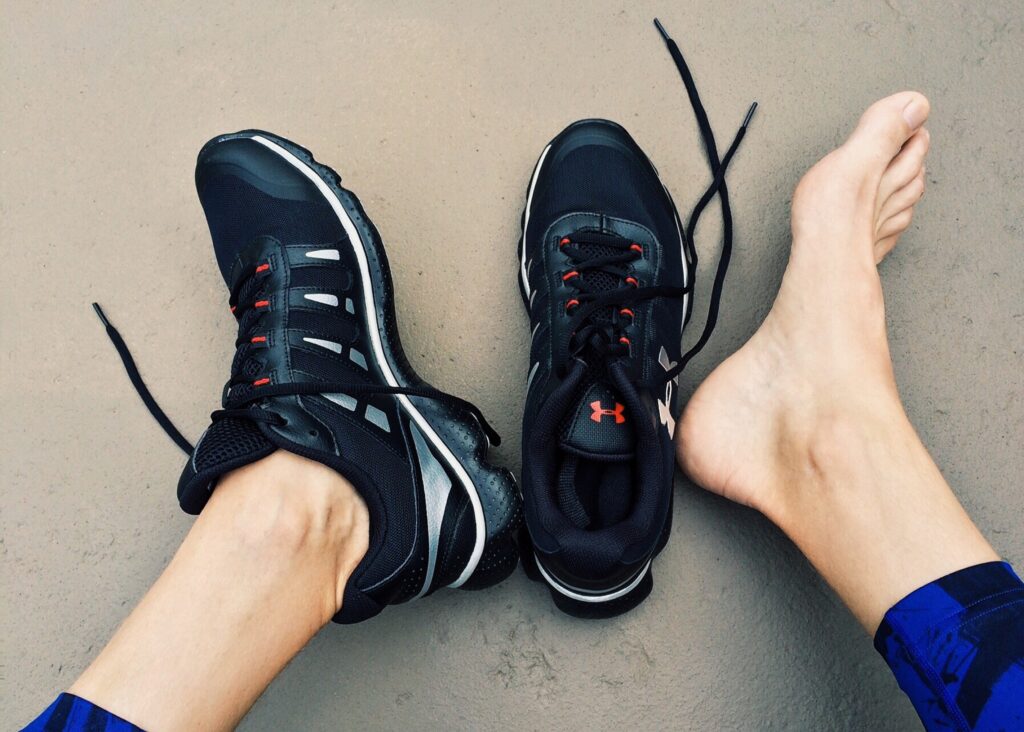Picture this: your child’s first steps are tentative, but filled with the promise of adventure. Every stride brings them closer to discovering a world full of wonders. Yet, for some children, these beginnings are uniquely challenging. Instead of bouncing from foot to foot, their feet lay flat on the ground, struggling against the arches that are their natural stabilizers. It’s a condition known as flat foot syndrome, and while common, it can have a profound impact on your child’s development.
Flat feet isn’t just a potential hurdle in their playtime, but a condition that can potentially carry into their adult lives if not addressed early. However, in the midst of concern and confusion, one beacon of hope shines through the myriad of treatments available – physical therapy.
Understanding Flat Foot Syndrome
Flat foot syndrome, also known as pes planus, is a condition where the arches of the foot collapse, allowing the entire sole to make contact with the ground. In this section, we’ll walk you through what flat foot syndrome entails and how to detect its subtle signs in your little ones.
The Lowdown on Low Arches
Flat feet can be attributed to a weakening of the tendons or ligaments in the foot, which support the arch. It may also be the result of an abnormality that was present at birth or even due to an injury. The causes are varied, but the result is a foot structure that differs from the typical bow-shaped arch seen in healthy feet.
Spotting the Symptoms
Identifying flat foot syndrome in your child can be as simple as observing their gait or a red flag going off during routine check-ups. Here are some key signs:
- Their feet may roll inwards
- The arch seems absent or lower than usual
- They experience pain or cramping in the feet, especially after activity
Early recognition of flat foot syndrome is crucial, as it paves the way for prompt intervention.
The Role of Physical Therapy
Once diagnosed, the question becomes how to best aid your child’s feet in regaining their arching potential. Physical therapy emerges as a proactive choice, incorporating exercises tailored to the needs of your child’s developing feet.
Strengthening the Foundation
Flat foot syndrome often involves a weakening of the muscles that support the arch, and physical therapy is designed to target these specific areas. Therapeutic exercises not only rebuild strength but also provide a foundation for improved stability and mobility.
Moving Towards Recovery
Treatment plans are as diverse as those they are designed for, encompassing movements that encourage balance, stretching, and strengthening. Here’s a glimpse at what physical therapy for flat foot syndrome might involve:
- Toe curls to strengthen the sole of the foot
- Towel pickups using the toes to bolster flexor strength
- Calf stretches to improve the flexibility of the Achilles tendon and plantar fascia
These exercises and more are taught and supervised by physical therapists who have a comprehensive understanding of pediatric needs.
The Importance of Early Intervention
Early intervention isn’t just preferable; it’s paramount in addressing flat foot syndrome. Proactive treatment during childhood can lead to substantial improvements, and, oftentimes, a complete restoration of a functional arch structure.
The Benefit of Small Strides
The advantages of early physical therapy intervention are manifold. It not only helps in building essential foot strength but also supports:
- Proper alignment of the feet, ankles, and lower limbs
- Reduction of pain during activities
- Enhanced balance and overall motor skills development
The promise of a normal, healthy gait is within reach with the right attention and therapy.
Looking into the Future
The long-term effects of untreated flat foot syndrome can extend into adulthood, potentially leading to more severe foot and lower limb problems. By addressing the condition early, you can mitigate these risks and set your child on a path to a more active and pain-free adult life.
Tips for Parents on the PT Journey
Navigating the treatment road for flat foot syndrome can be daunting, but you are not alone. Here are some guiding principles to help you support your child’s progress:
Partnership with the Physical Therapist
Your child’s physical therapist is your ally, equipped with the knowledge and skills to guide your family through the therapeutic process. Collaboration is key, and you play an important role in ensuring exercises are completed regularly and correctly.
Home is Where the Healing Happens
The impact of physical therapy can be amplified with consistent at-home exercises. Creating a supportive environment that encourages practice and progress is crucial – here’s how:
- Designate a quiet, well-lit space for therapeutic activities
- Establish a routine that includes PT exercises as part of the daily schedule
- Praise your child’s efforts and improvements to boost morale and motivation
In Conclusion
The early years of a child’s life are filled with milestones and motion, and flat foot syndrome need not impede their joie de vivre. Physical therapy offers more than just a set of exercises; it’s a guiding light towards a fulfilling, mobile life.
By recognizing the signs, seeking intervention, and partnering with professionals, parents can champion their children’s podiatric health. Together, we can ensure that every step your child takes – from walking into school on the first day to strolling across the stage at graduation – is done with the strength and support they deserve.
Trust in the process, commit to the therapy, and watch as your child’s feet transform, carrying them not just through their early years, but through a future brimming with potential. They deserve the world, and their health, right down to their soles, should reflect that.

